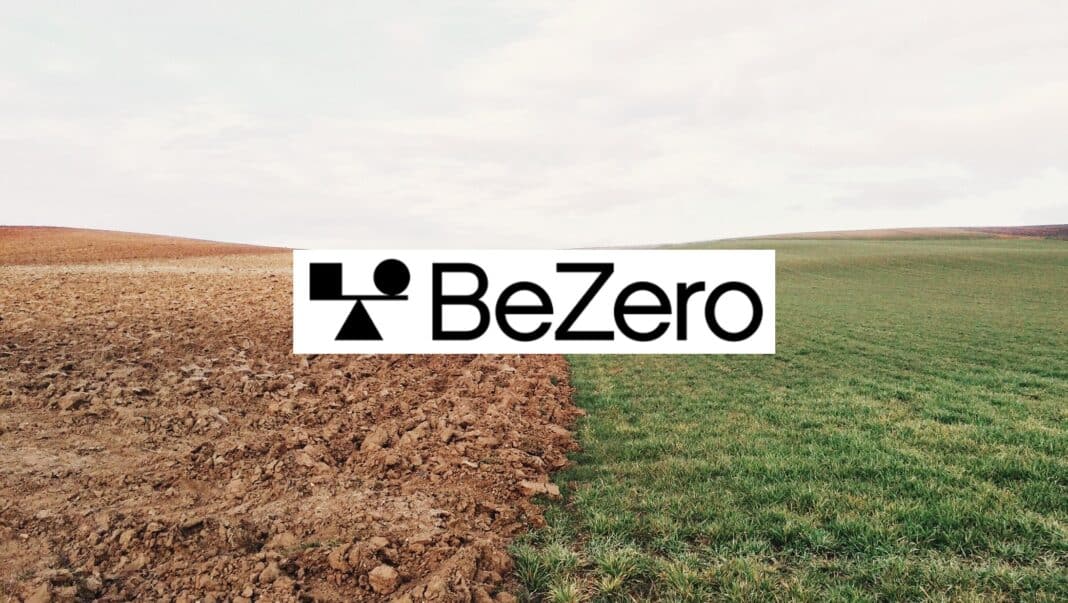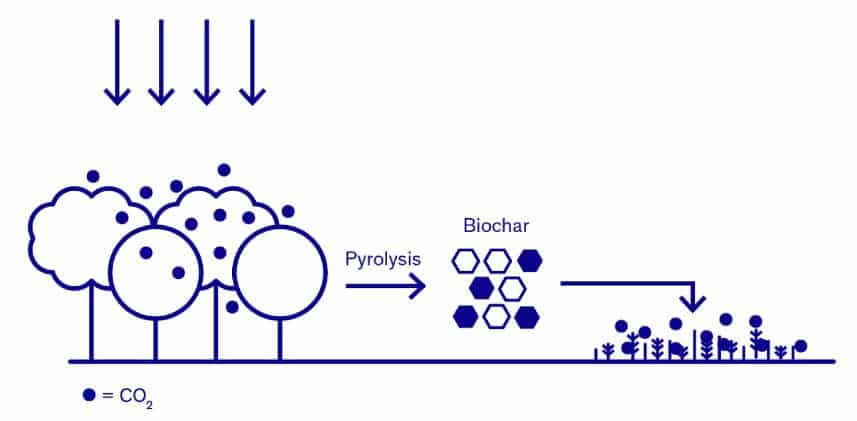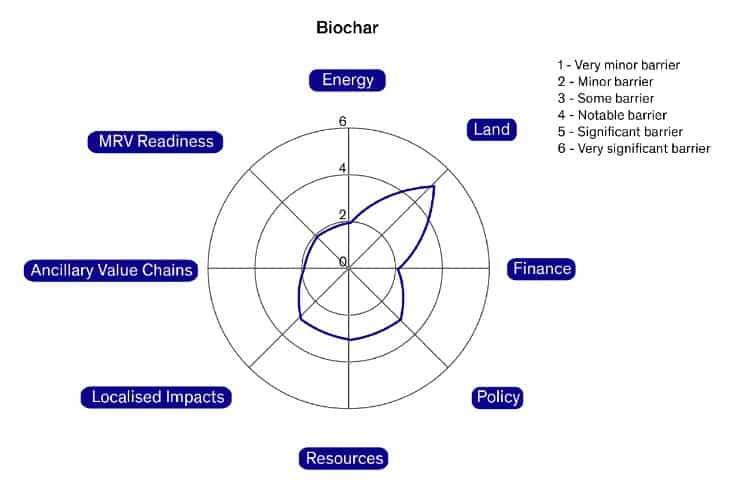BeZero Carbon has given its first Biochar project the rare “A” rating, only 21 projects of the 350+ projects rated on their platform have an A or an AA rating. This rating is based on a comprehensive analysis of publicly available data and assesses the project against various risk factors, including additionality, carbon accounting, and non-permanence risks.
This pivotal move signifies the maturation of the Carbon Dioxide Removal (CDR) sector and particularly biochar which accounts for over 90% of all CDR deliveries.
The engineered carbon removal sector has been hindered by a lack of transparency and public information and that is set to change.
- Puro.Earth expects the supply of CDR in the next 18 months to grow by an “order of magnitude”.
- The U.S. Department of Energy has plans to purchase up to $35M of CDR credits from a portfolio of CDR pathways consistent with the objectives of the Carbon Negative Shot.
What is Engineered Carbon Removal?
As the world grapples with the climate crisis, there is a growing consensus that large-scale engineered carbon removal is indispensable.
In fact, projections indicate that by 2030, the annual demand for durable engineered carbon removal could range from 40 to 200 million tCO2. Rating the quality of these carbon credits including biochar will help enhance transparency and integrity in the market.
Currently, here are the top 5 carbon dioxide removal technologies available:
Direct Air Capture (DAC)
- Captures CO2 directly from ambient air using chemical processes.
- Suitable for long-term storage or utilization in various industries.
Bioenergy with Carbon Capture and Storage (BECCS)
- Combines biomass energy production with carbon capture technology.
- Captured CO2 is stored underground.
Enhanced Weathering
- Spreads crushed minerals on land or in the ocean to react with CO2.
- Forms stable carbonates, storing CO2 in a solid form.
Ocean Alkalinity Enhancement
- Increases the ocean’s capacity to absorb CO2 by adding alkaline substances.
- Also helps to mitigate ocean acidification.
Biochar
- Involves the pyrolysis of biomass to create a stable form of carbon.
- Can be added to soil to improve its quality and store carbon long-term.
What is Biochar?
Biochar is a form of charcoal produced from the pyrolysis of organic matter, usually plant-based materials like wood, crop residues, or manure. Its molecular structure changes to a more stable form, thus storing carbon much longer than biomass feedstock.
Key Advantages
Stable Carbon Storage: Biochar is highly stable and can remain in the soil for hundreds to thousands of years, effectively sequestering carbon.
Soil Fertility: When added to soil, biochar can improve water retention, nutrient availability, and microbial activity, thereby enhancing agricultural productivity.
Waste Utilization: Biochar can be produced from agricultural and forestry waste, providing a way to utilize these materials while reducing methane emissions from decomposition.
Energy Co-Production: The pyrolysis process also generates heat and syngas, which can be an input for energy.
Earlier this year BeZero Carbon found that biochar encounters fewer obstacles to scaling compared to other methods under consideration.
Notable advantages for biochar include third-party verified methodologies, cost-effectiveness, well-developed ancillary value chains, and the potential for energy production.
Biochar: The Market Leader
Biochar is at the forefront of the ex post technological carbon removal market; it is furthest along the Technology Readiness Level (TRL) of all carbon removal methods.
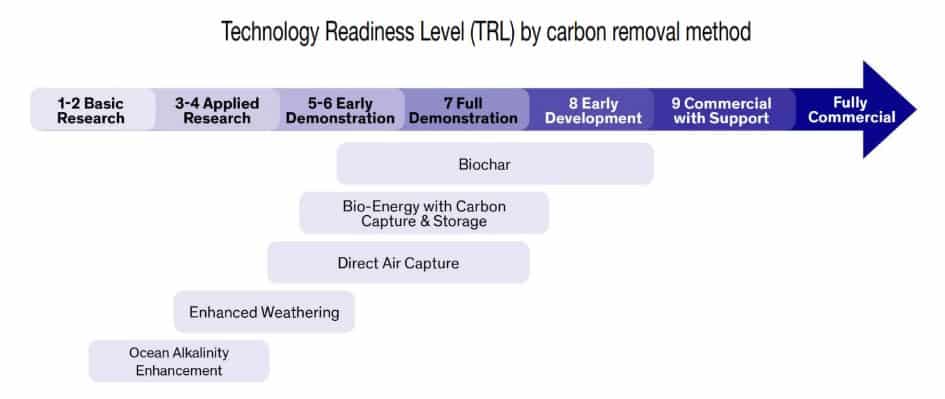
The process also generates waste gasses that can be useful as waste heat in district heating networks. Biochar’s versatility extends to its use as a soil amendment, a feed additive, and even as an input in concrete production.
‘A’ Rating: A Benchmark for Excellence
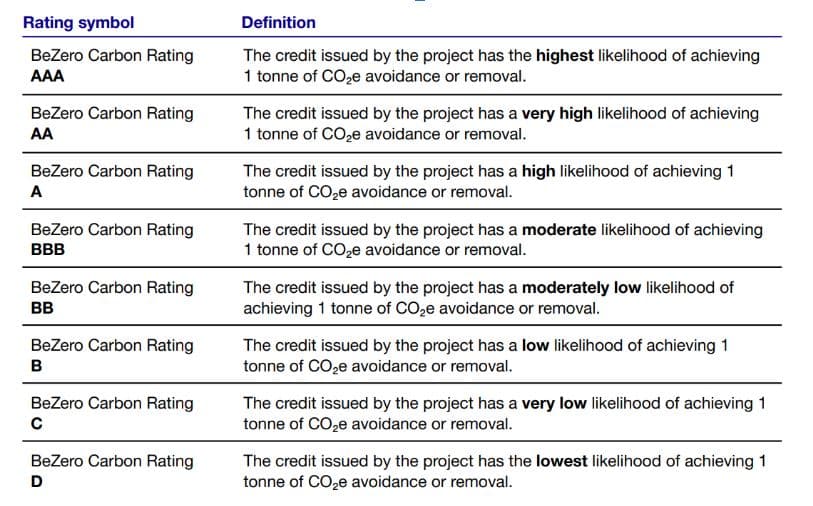
Carbon Credit 3rd-Party Verification
In the Voluntary Carbon Market (VCM), third-party verification is a fundamental aspect of the carbon credit process. It serves as the initial step in confirming that a carbon removal activity has occurred.
There are two ways to perform verification:
- Developing an internal methodology that is subsequently verified by an external auditing service
- Adopting methodologies established by third-party standards-issuing organizations.
Currently, key third-party methodologies available for Biochar include the European Biochar Certificate, Puro.Earth, and the Verified Carbon Standard.
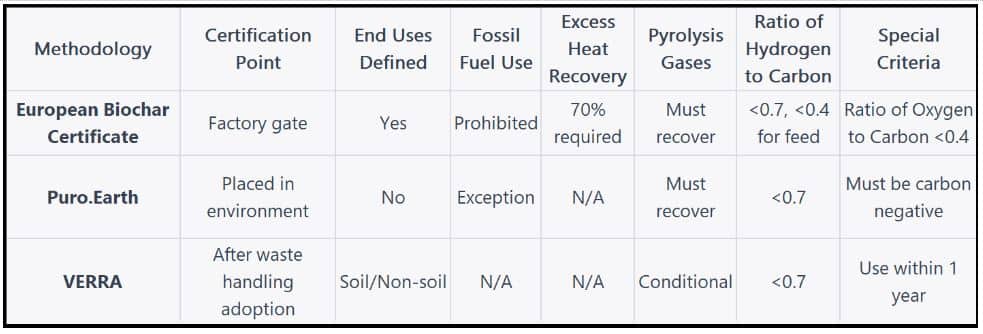
As the CDR sector gains momentum, biochar stands out as a key solution for long-term carbon sequestration and soil improvement. BeZero Carbon’s ‘A’ rating for a biochar project underscores the growing importance and effectiveness of engineered carbon removal in addressing climate change.

